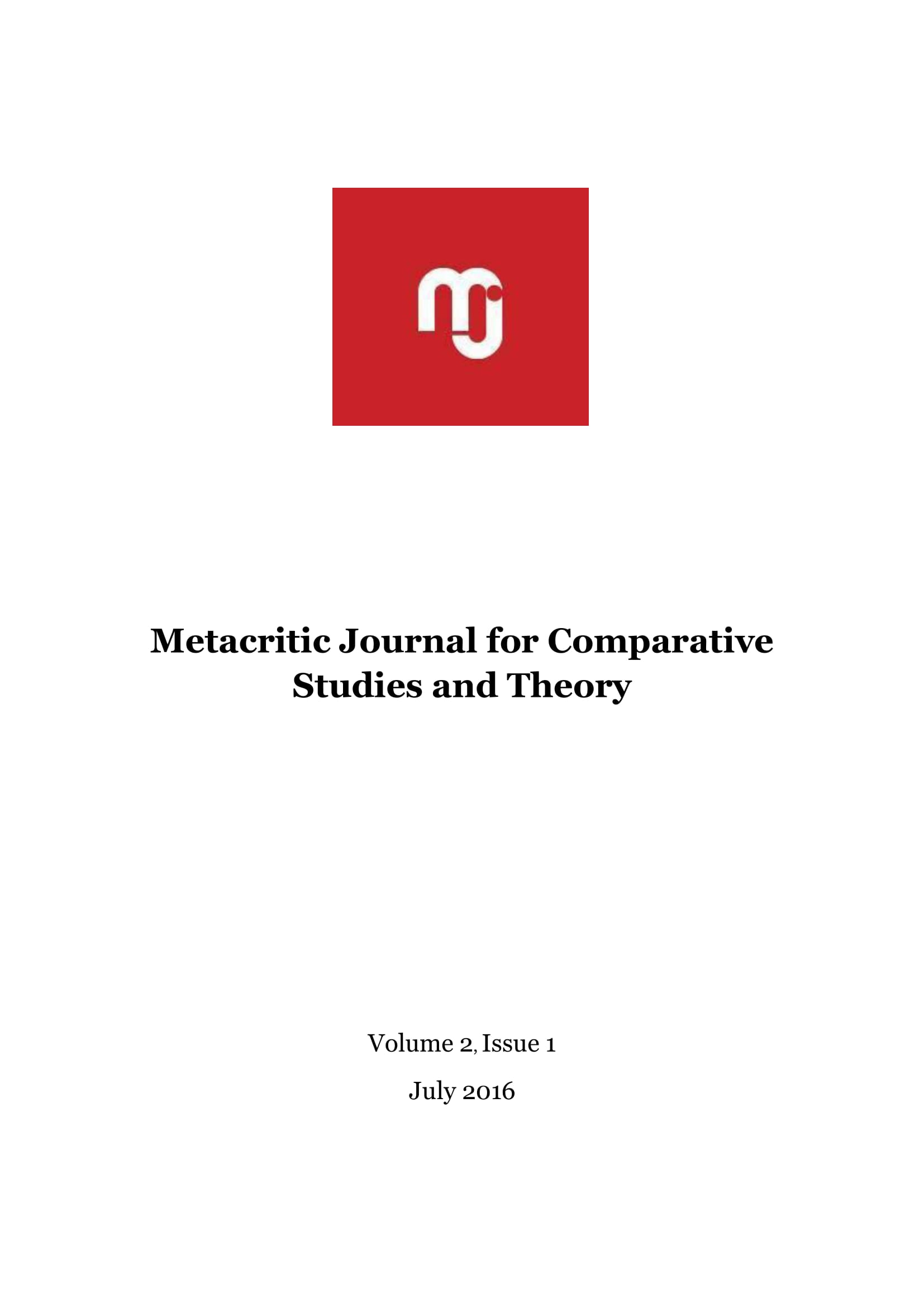Reverse Ekphrasis and Bakhtinian Re-accentuation: Coding Alice as a Nymphet in Graphic Novels
Reverse Ekphrasis and Bakhtinian Re-accentuation: Coding Alice as a Nymphet in Graphic Novels
Author(s): Cristina DiamantSubject(s): Comparative Study of Literature
Published by: Universitatea Babeş-Bolyai
Keywords: cultural convention; gaze; nymphet; nympholept; re-accentuation;
Summary/Abstract: Over the past 50 years, the understanding of the nymphet has mutated from a special type of becoming, as seen in Nabokov′s master text, to being a Lilith-like essence. There are other rules to be observed by the American artists Alan Moore and Melinda Gebbie when portraying a nymphet as contrasted to those Soumei Hoshino has to follow in Japan. They navigate different (sub)cultural contexts and address varying conventions, so that visually “translating” Lewis Carroll′s Alice becoming a nymphet implies different intercultural negotiations. This paper is a piece of reader-oriented criticism which sets out to explore the visual semiotics at play,especially the meanings conveyed by the particular use of frames, the selection of proxemics, social cues, angles, even of the coloring itself.The two graphic novels to be explored, Moore′s Lost Girls (2006) and Hoshino′s Heart no Kuni no Alice/Alice in the Country of Hearts (2008) present interest as(sub)cultural “translations” within the framework of pop culture. Their framing of ethical concerns differs from that of the so-called “high-brow” literature or of the mainstream throw-away sensationalist writings that proliferate various images of willing nymphets. Naturally, aesthetics also remains to be a concern, given the markedly visual nature of these works, with their meaning and appeal emerging from a combination of image and text. The pressing questions to be addressed are what to show and how to do it, especially how to code her image and “translate” it in the culture of the artist, all while adapting beauty ideals so that the image of the Victorian era girl and the nymphet collide. The last point is especially problematic since, to Nabokov, the nymphet only exists in the eye of the nympholept. He explains the failures of Stanley Kubrick and Adrian Lyne by showing that their films made her conventionally attractive and, thus, obscured the very deviance and particular distorted vision of the nympholept, which amplifies some elements rather than others. Dolores Haze was chosen not for a budding womanly sexuality, but especially for her underdeveloped, tomboyish physique unto which the nympholept could project his desires for a fairytale-like frozen time. The two portrayals of Alice look like ordinary girls removed from the image of the real Alice Liddel, as they are instances of reverse ekphrasis and visual quotation, being reinterpretations of the already classic, further popularized by Disney, image of a blonde girl in a blue maid-like dress.
Journal: Metacritic Journal for Comparative Studies and Theory
- Issue Year: 2/2016
- Issue No: 1
- Page Range: 91-114
- Page Count: 24
- Language: English

